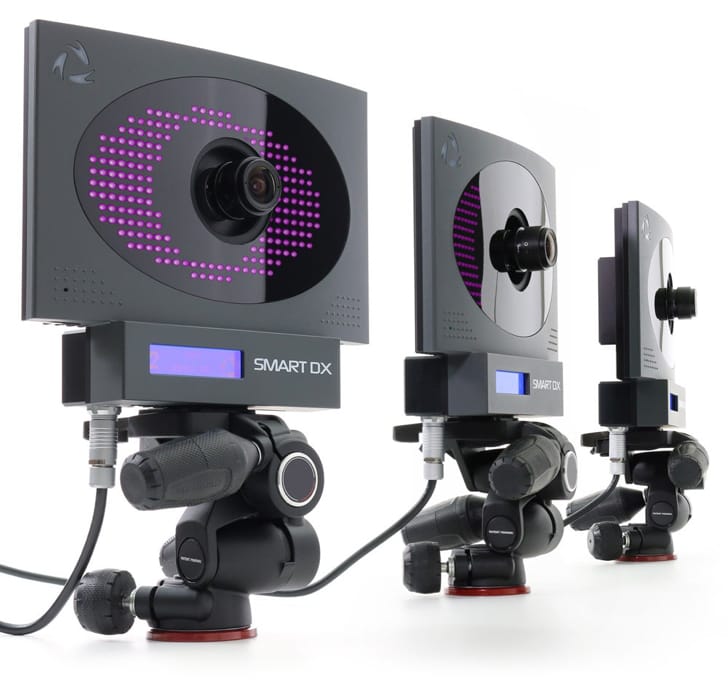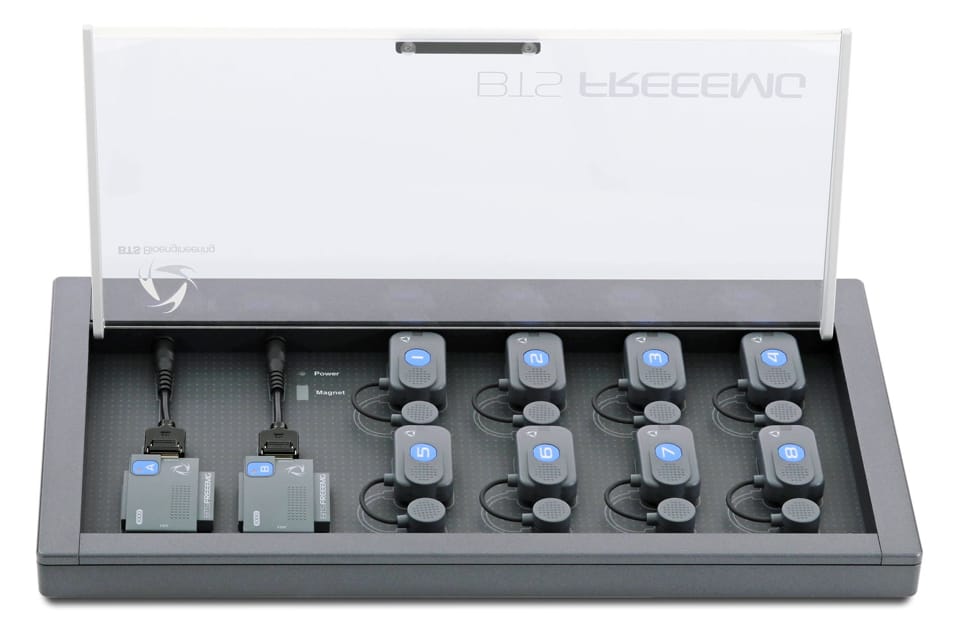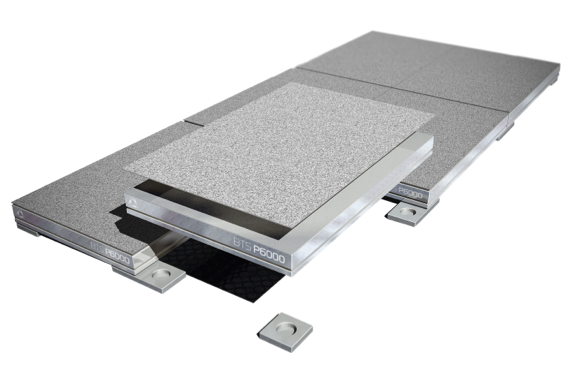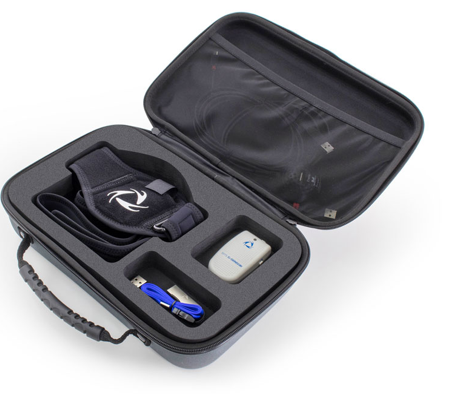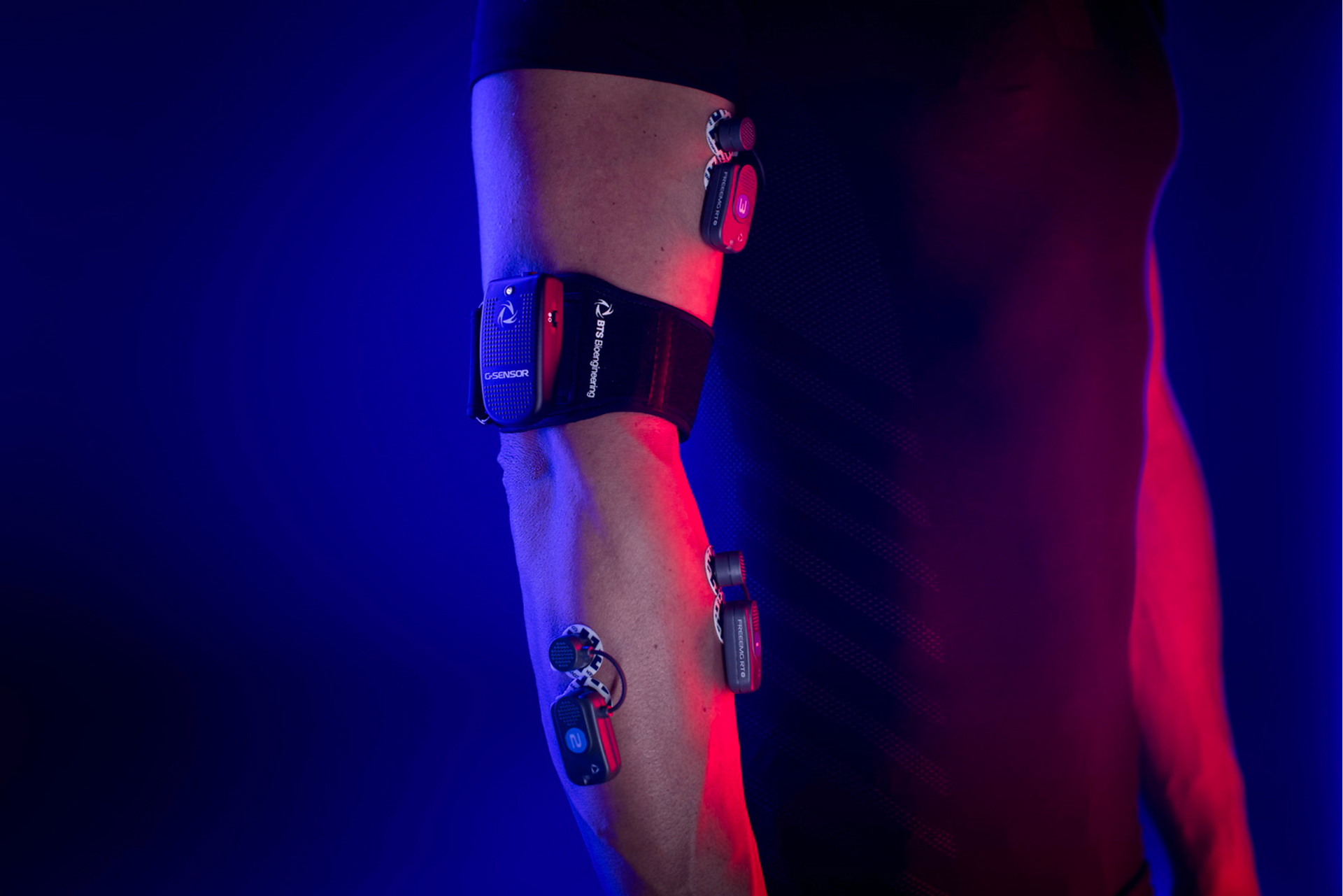Highlights in Gait Analysis application to Progressive Supranuclear Palsy Phenotypes

Progressive supranuclear palsy (PSP) is an uncommon brain disorder that causes serious problems with walking, balance and eye movements, and later with swallowing.
Today there’s no cure for this disease, so treatment focuses on managing the signs and symptoms. Although specific algorithms have been developed, evidence shows that available clinical and radiological assessments do not support the differentiation of the PSP different phenotypes.
This study investigated gait parameters of progressive supranuclear palsy phenotypes at early stage using computerized gait analysis to verify its ability in discriminating between disease phenotypes and the other variant syndromes in parallel to Parkinson’s disease. Gait analysis is a tridimensional, computerized, and non-invasive investigation of walking and has been used in Parkinson’s disease (PD) with different objectives.
Thanks to gait analysis, results showed that PSP-RS presented greater gait dynamic instability since the earliest stages of disease compared with vPSP. In addition, findings indicated that gait quantitative evaluation can help to distinguish PSP-RS from vPSP.
Want to know more? Read here the full article
